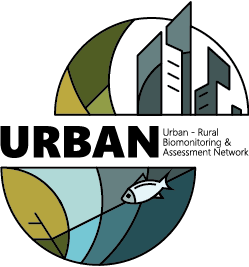

Become an URBAN volunteer! URBAN will monitor water quality and use biological indicators to represent water quality in streams and wetlands of the Hamilton region. Continuous water quality monitoring is essential in detecting potential threats to one of the world’s greatest fresh water resources, the Laurentian Great Lakes.
VAPS is a rapid-assessment protocol based on the survey method we use to generate WMI scores for wetlands in our research program. In a pilot study, we compared WMI scores generated by experts (Mel Croft and Jon Midwood) with those generated by volunteers from Georgian Bay using the VAPS protocol, and we found no statistically significant differences. Therefore, we are confident that with proper training, volunteers can use VAPS to monitor the health of coastal marshes that they adopt.
It is important to keep in mind that the VAPS is primarily used to monitor the aquatic portion of the coastal wetland, which is important as fish habitat; therefore, majority of the plants within the meadow and upland portions which are primarily terrestrial are excluded. Plants in the VAPS protocol are grouped into three main categories according to where the leaves and stems appear relative to the water surface, and we have organized the guide to help you identify species according to these three major groups: Floating, Submergents and Emergents.
If you have used the VAPS guide (above) to survey a wetland and would like to generate a WMI score using your vegetation data, download the WMI calculator (below) and enter “1” for every species you found in the wetland.